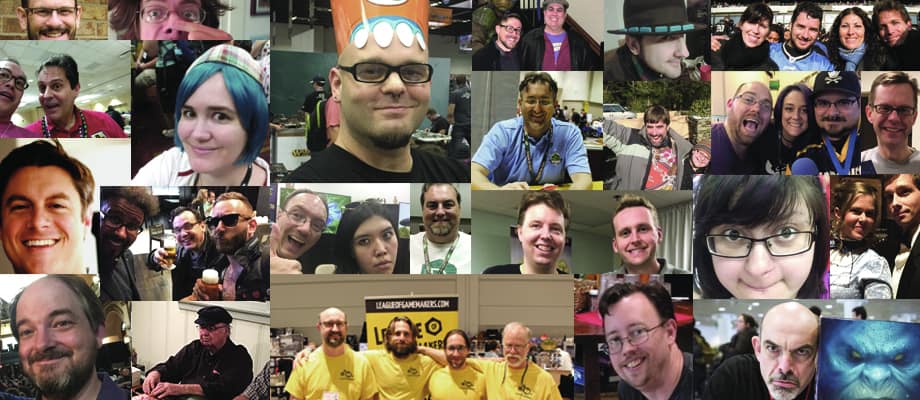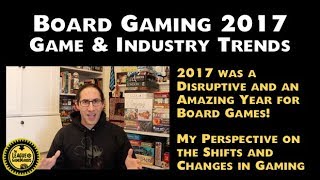
 s a lover of the arts, I’m always fascinated when themes, ideas, and processes translate from one genre to another. Being a student of one discipline can make us better students of
s a lover of the arts, I’m always fascinated when themes, ideas, and processes translate from one genre to another. Being a student of one discipline can make us better students of another, if we can discover and make those connections. I was reading about how to draft a script for a 10-minute play, and I couldn’t help but recognize that the same advice could be applied to game design. After all, as designers, isn’t it our job to craft a story and experience for our players? So, put play writing aside if you don’t care for that, strap on your game design goggles, and chew on these tips:
another, if we can discover and make those connections. I was reading about how to draft a script for a 10-minute play, and I couldn’t help but recognize that the same advice could be applied to game design. After all, as designers, isn’t it our job to craft a story and experience for our players? So, put play writing aside if you don’t care for that, strap on your game design goggles, and chew on these tips:
(1) NO EXPOSITION!
Start your players ten percent of the way into the story of the game. Your game may need to ramp from the set-up, but there should immediately be some sort of tension and awareness of the unknown at the first turn.
(2) EVERY DETAIL MUST RELATE TO THE ACTION OF THE GAME.
Every card, every action, every choice should be useful in progressing the game mechanically and supporting the game thematically. This may seem obvious on paper, but in reality, it’s easy to include some options or abilities that are “cool” or “fun”, but don’t actually carry the game forward. Several playtests with goal-oriented players will weed out such aspects.
(3) DON’T WASTE TIME TALKING ABOUT ANYTHING YOU CAN SHOW.
This translates more as a graphic design tip than anything else, but don’t underestimate the power of icons and images to communicate more succinctly than words on the card or board.
(4) EVERY GREAT GAME HAS A POINT OF NO RETURN.
Options may abound for the first several turns, but there needs to be a moment in the game when it’s too late to turn back. The player must commit to his strategy and make the best of what he has. Otherwise, the game feels too safe.
(5) EVERY PLAYER MUST HAVE A JOURNEY.
At the end of the game, every player, not just the winner, should find herself in a drastically different place than where she started. Significant things happened. Major changes were made. Notable growth occurred. Is your theme engaging enough? Are your mechanics dynamic enough? If I want to spend an hour and a half just to wind up in the same condition as I was in the first place, I’ll go watch three episodes of Seinfeld.
So, whether you are a bigger fan of Cathala or Chekhov, Bauza or Beckett, the tools in the belts of the greats are not as dissimilar as we may think.








